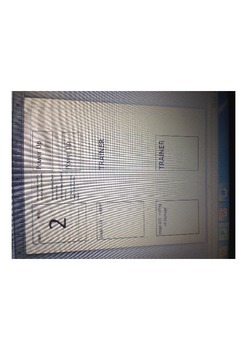POKEMATH
Abraham Marintzer
0 Followers
Grade Levels
4th - 7th
Subjects
Resource Type
Standards
CCSSMP1
Formats Included
- Publisher files
Pages
12 pages
Abraham Marintzer
0 Followers
Description
IF you are trying to find a way to get kids excited about multiplication facts, well look no further. This game is based off of the card game Pokemon and a lot of your kids will get this. They get to create their own design for the stage 1 and stage 2 characters. They face off against their friends in a fierce battle of multiplying. My kids ask everyday if we can do this and we do. They want to know them and they want to know them quickly. Multiplying, adding, subtracting, and some multiplying decimals.
Total Pages
12 pages
Answer Key
N/A
Teaching Duration
1 hour
Report this resource to TPT
Reported resources will be reviewed by our team. Report this resource to let us know if this resource violates TPT’s content guidelines.
Standards
to see state-specific standards (only available in the US).
CCSSMP1
Make sense of problems and persevere in solving them. Mathematically proficient students start by explaining to themselves the meaning of a problem and looking for entry points to its solution. They analyze givens, constraints, relationships, and goals. They make conjectures about the form and meaning of the solution and plan a solution pathway rather than simply jumping into a solution attempt. They consider analogous problems, and try special cases and simpler forms of the original problem in order to gain insight into its solution. They monitor and evaluate their progress and change course if necessary. Older students might, depending on the context of the problem, transform algebraic expressions or change the viewing window on their graphing calculator to get the information they need. Mathematically proficient students can explain correspondences between equations, verbal descriptions, tables, and graphs or draw diagrams of important features and relationships, graph data, and search for regularity or trends. Younger students might rely on using concrete objects or pictures to help conceptualize and solve a problem. Mathematically proficient students check their answers to problems using a different method, and they continually ask themselves, "Does this make sense?" They can understand the approaches of others to solving complex problems and identify correspondences between different approaches.


